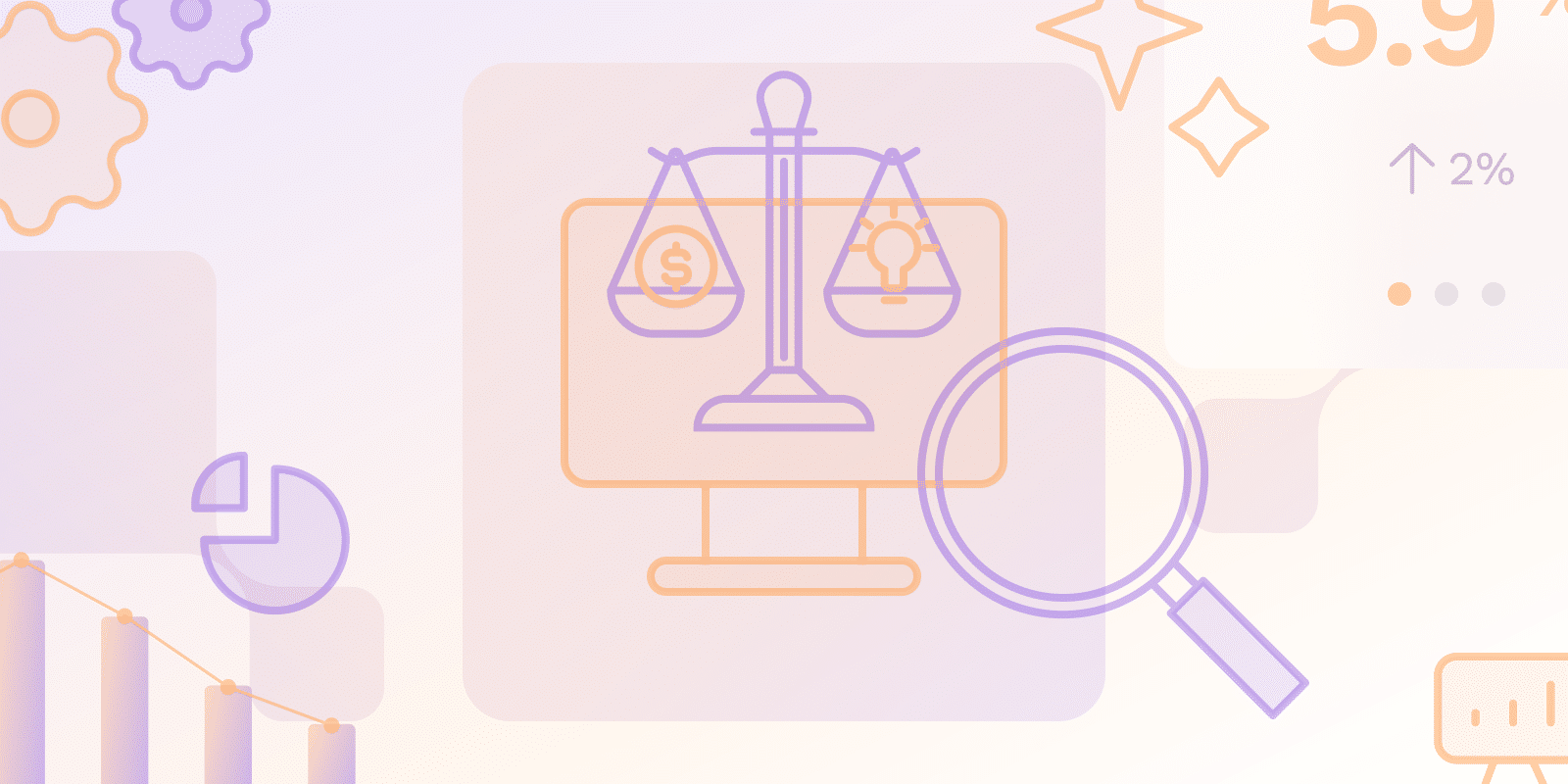SaaSの指標とKPI
SaaSの評価とは?
公開日: 2月 11, 2025

SaaSの評価とは?
The technique of estimating a SaaS company’s present and future economic value is known as SaaS valuation. Owners, investors, and possible purchasers must all be aware of the company’s actual worth. Growth is the main emphasis of SaaS valuation, which also determines the future exit value and the point of entrance for investors.
The formula for exit valuation, which provides a multiple for the company’s valuation, is Enterprise Value (EV) / EBITDA. Due to their distinct recurring revenue models, lack of physical commodities, and supply chain limitations, SaaS companies are valued differently than traditional enterprises.
How is SaaS Valuation calculated?
Applying multiples to recurring revenue, such as Monthly Recurring Revenue (MRR) or Annual Recurring Revenue (ARR), is one of the many techniques used in SaaS valuation. Growth rate, lifetime value (LTV), customer acquisition costs (CAC), and gross margin are some of the factors that affect valuation. A well-known formula is this:
ARR = (MRR * 12) + (MRR * 12 * 2.5 * Growth Rate)
What factors influence SaaS value?
Revenue growth, customer acquisition cost (CAC), churn rate, total addressable market (TAM), profitability, and customer metrics like Monthly Recurring Revenue (MRR) and Customer Lifetime Value (CLTV) are some of the many variables that interact to define a SaaS company’s worth.
SaaS valuation is greatly impacted by important indicators such as MRR, ARR, CAC, CLTV, churn rate, and gross margin. Several factors, including high customer retention, a sizable market opportunity, rapid expansion, and customer satisfaction, are likely to be associated with a higher valuation.
However, the company’s scalability and the state of the market are also important factors in establishing its valuation.
What is a SaaS valuation multiple?
A SaaS valuation multiple is a statistic that calculates a company’s economic worth, typically by looking at its revenue. It considers key SaaS parameters such as Net Revenue Retention (NRR), growth rate, and Annual Recurring Revenue (ARR). The median SaaS valuation multiple for publicly traded companies was 10.7x ARR as of February 2022.
How does Monthly Recurring Revenue (MRR) impact the valuation of SaaS companies?
MRR has a direct impact on a company’s perceived worth and future growth prospects, making it a critical component of SaaS valuations. A larger and constant MRR may influence the perception of revenue stability and predictability, which could impact investor interest..
A higher MRR reflects a business’s capacity to keep clients and provide recurring income, which is crucial for SaaS companies.
With increased financial predictability from higher MRR, investors may more confidently forecast future revenue streams.
The company’s capacity to grow and broaden its clientele is demonstrated by MRR growth, which raises its valuation even more.
The company’s ability to maintain its customer base and generate consistent income may be impacted by the unpredictable nature of MRR.
A low MRR suggests a small customer base and maybe slower growth possibilities.
What steps are typically involved in selling a SaaS business?
Here are the steps involved in selling a SaaS company:
- Raising your company’s valuation is the first step. Demonstrating robust customer growth, consistent income sources, and a good profit margin can help you achieve this.
- The next important step is to time the sale to align with the market’s state and your company’s appeal. Ensure your financial records are up-to-date and well-organized to ensure a seamless due diligence procedure. Be ready for prospective buyers to perform due diligence, which could entail looking into your company’s financial documents, client agreements, and technological setup.
- Lastly, make plans for the post-sale transition phase, which should include ownership transfers and maintaining operations and customer support.
How do you present SaaS valuation to investors?
Follow these steps to present your SaaS valuation to potential investors:
- Start by being familiar with the various metrics and methods of valuation that are pertinent to SaaS enterprises, such as CAC(顧客獲得コスト), LTV (Customer Lifetime Value)、そして ARR (Annual Recurring Revenue).
- Craft a narrative that showcases the SaaS company’s growth potential, customer retention capabilities, and profitability. Describe your target market, competitive advantage, and distinctive value proposition.
- Create succinct and understandable 財務予測 that show your company’s anticipated future earnings, costs, and profitability. Be open and honest about your assumptions, and modify them in light of the state of the market and the success of your business. You may provide information on your customer base’s growth rate, average revenue per user, and the expense of bringing on new clients, for example.
Present the tangible benefits and potential returns of investing in your SaaS company, emphasizing its attractiveness to investors seeking long-term value creation.
結論
A key component of determining a company’s value and prospects in the cutthroat industry is SaaS valuation. Investors can evaluate a company’s long-term viability and make well-informed judgments by comprehending and utilizing pertinent data such as MRR, ARR, CAC, churn rate, and profit margin.
It is critical to understand that a company’s overall valuation is greatly influenced by its scalability, client base retention, and the state of the industry. Following good valuation procedures maximizes growth potential for mutual success by giving investors and SaaS companies insightful information about market positioning.